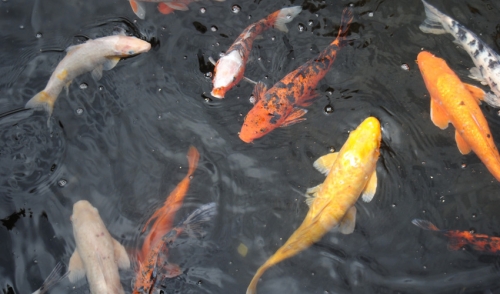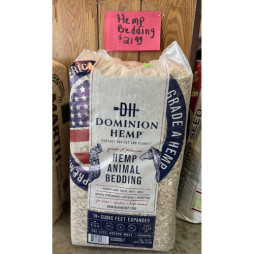{article.name}
Stay Informed
Create Your Own Koi Pond

- Share this:
- Share on Facebook
- Pin on Pinterest
- Tweet on Twitter
A koi pond can be a relaxing and attractive addition to any yard, and it's easy to build your own if you follow the proper steps to ensure an easy-to-maintain pond and healthy aquatic ecosystem.
Is a Koi Pond Right for You?
Koi ponds are beautiful backyard art, but they do require ongoing care and maintenance to keep the water clear and the fish healthy. Ponds can be a safety hazard for pets and children, and extreme climates with brutally cold temperatures, excessive rain or frequent droughts can be challenging environments for pond upkeep. Before beginning construction on your own koi pond, visit several local ponds for design ideas and speak to pond enthusiasts about their best tips for ponds in your area.
9 Easy Steps to Create Your Own Koi Pond
If a koi pond is suitable for your yard and preferences, it takes just nine simple steps to go from no pond to a healthy, attractive water feature.
- Choose the Location
Ideally, a koi pond should be naturally integrated into your backyard landscape, following the flow of your terrain. Placing the pond in an area that gets both sun and shade will help keep it balanced and give your fish both a warm area and cool area to enjoy as needed. Avoid positioning the pond where runoff from sprinklers or storms will flow into the water and contaminate the pond with excess chemicals, dirt or other debris.
- Dig the Pond
A good koi pond will be 3-5 feet deep, depending on the number of fish you hope to have, and the overall volume should be at least 1,000-1,500 gallons. When digging the pond, the edges should be level and relatively even, and steep sides will help protect the pond from marauders such as herons, raccoons and cats.
- Install the Equipment
A bottom drain is essential to help clean a pond quickly, and an adequate filter and pump are equally necessary to circulate water, aerate the pond and minimize algae growth. Choose high quality equipment that is the proper size for your pond's depth and volume. This is also the time to install a waterfall, fountain or other movement feature if desired.
- Line the Pond
Pond liners keep the water from seeping away and make it easier to clean debris from the bottom. A liner may be a sturdy plastic shell or flexible mat, but whichever choice is used, be sure it is securely anchored at the edges so it will not heave or tip when filled with water. Avoid anchoring the liner with a rock-filled bottom, as too many rocks will trap dirt, feces and other debris, leading to murky water and unhealthy koi.
- Create Structure
Once the basic shape of the pond is in place, it is time to add structure to the feature with a deck or rock edge, rocky overhanging shelves or similar details. Don't forget some structure under the water, such as a rock tunnel or large, submerged pipe, which will provide enrichment for the koi as well as crucial hiding places if predators find the pond.
- Fill the Pond
Adding water to the pond is easy, but it takes more than a few buckets or a long hose. A dechlorinator should be added to the water to help remove chlorine that can harm fish, and other chemical balancers may be necessary depending on the quality of local water.
- Add Plants
After the water has settled and the pond has reached a steady temperature, it is time to add aquatic plants. Water lilies and other popular pond plants provide natural filtration and discourage unwanted algae. You may want to start with just a few plants and gradually add more as you decide which plants look best.
- Allow the Pond to Rest
After plants are added to the pond, the entire system should be allowed to rest for several days before adding any koi. This will allow the plants, filter, water and other parts of the system to reach their natural equilibrium so the fish will not be shocked and stressed when they are added to the pond, and it is a chance to test equipment without endangering fish in case of malfunctions.
- Add Fish and Enjoy!
Adding koi is the last step to building your own backyard pond. There are different varieties of koi available, and it is best to add just a few at first so they can enjoy a quality environment, rather than opting for an entire school of fish that will quickly outgrow a backyard pond. Feed them sparingly to minimize uneaten food, and enjoy the beauty and tranquility they bring to your yard!
Special Offers



Comments